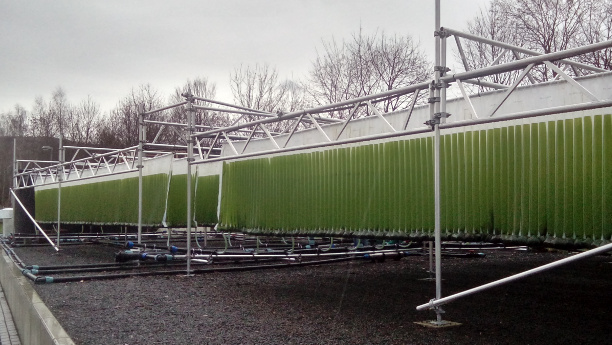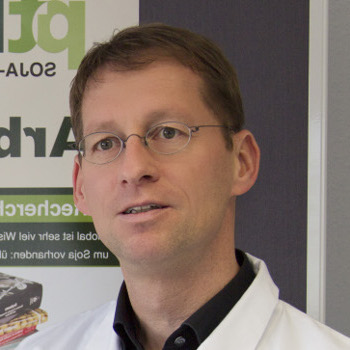Cleaning wastewater with algae
Algae have many talents. They are not only important ingredients for the pharmaceutical and cosmetic industry; it has now been proven that the tiny green microorganisms can also be used as a suitable alternative source for the aviation fuel kerosene.

And now, researchers from a wastewater treatment plant in Rotenburg an der Fulda have shown that algae can also clean waste water. The cleaning abilities of algae were demonstrated during the Hessian pilot project “phosphorus removal by microalgae”. The research project has been funded by the Hessian Ministry for the Environment, Climate Change, Agriculture and Consumer Protection together with the public utilities of Rotenburg since 2015 over a two-year period with a total of €620,000. Under the direction of a working group from the Competence Center of Energy and Environmental Technology (ZeuUS) at the Technical University of Central Hesse (THM), together with the Bremen-based company Phytolutions GmbH, the researchers have allowed microalgae to grow in a so-called photobioreactor whilst exposed to sunlight and carbon dioxide to be used at the municipal utilities in German city Rotenburg an der Fulda.
Filtering nutrients from wastewater
The aim of the project: using the microalgae, the amount of nutrients and valuable minerals that are pumped into the Fulda is reduced, to lower the concentration of phosphorus and nitrogen in the treatment plant’s wastewater, and to use the biomass produced from the algae for the production of biogas. That is to say, phosphate and nitrogen are created during the wastewater treatment plant processes. The algae then consume the phosphate and nitrogen, using it to grow, thus producing biomass, which afterwards can be separated.
Positive interim result
A year after the project began, the researchers took stock of the results, “The goal has definitely been achieved, which proves its suitability for everyday application,” announced project leader Ulf Theilen proudly. The microorganisms evidently fulfilled all of the experts’ expectations. Afterwards, the photobioreactors phosphates were barely detectable in the water samples. The nitrogen content was also said to be lower than expected.
Cutting down on chemicals with algae
The project managers at the municipal utilities in Rotenburg are confident that in the future by using algae, they can dispense with chemicals, so-called precipitants, which until now have been used for phosphorous removal in the wastewater treatment plants. The researcher's next step is to examine whether using algae plants on a large scale for wastewater treatment is economically promising. With the completion of the pilot project in 2017 – if all goes to plan, a guide on using the new algae-based wastewater treatments plant will be published.


